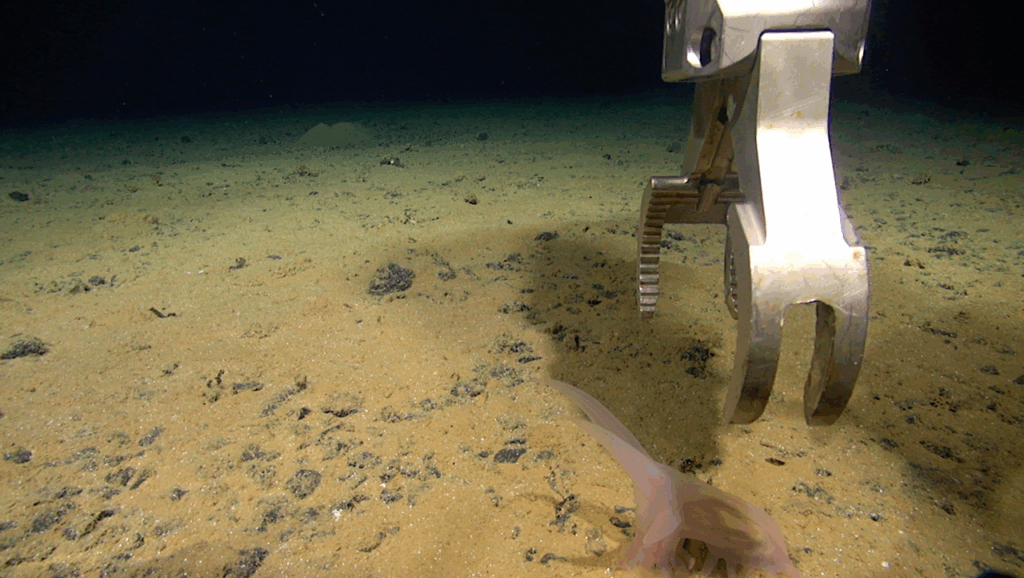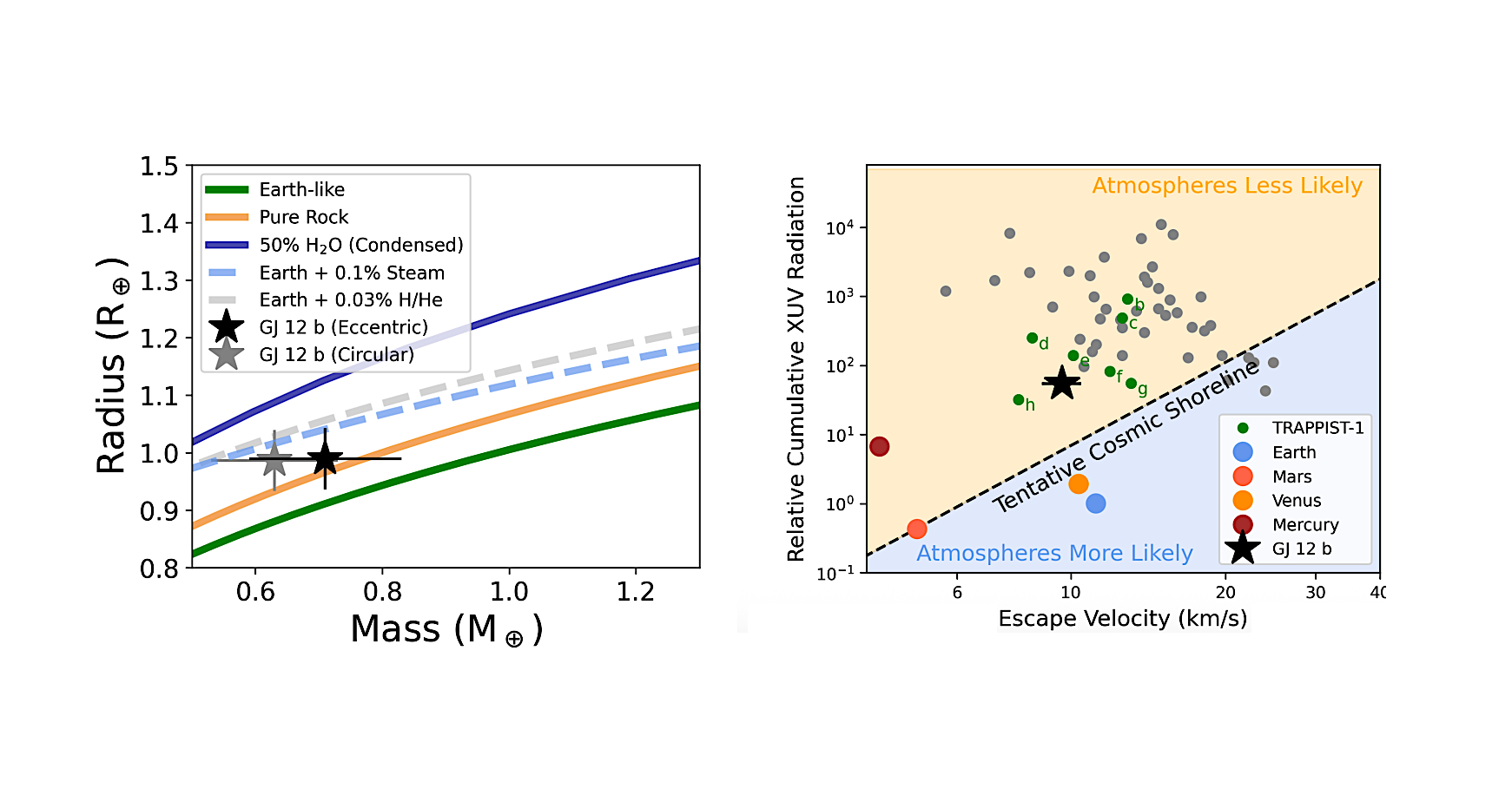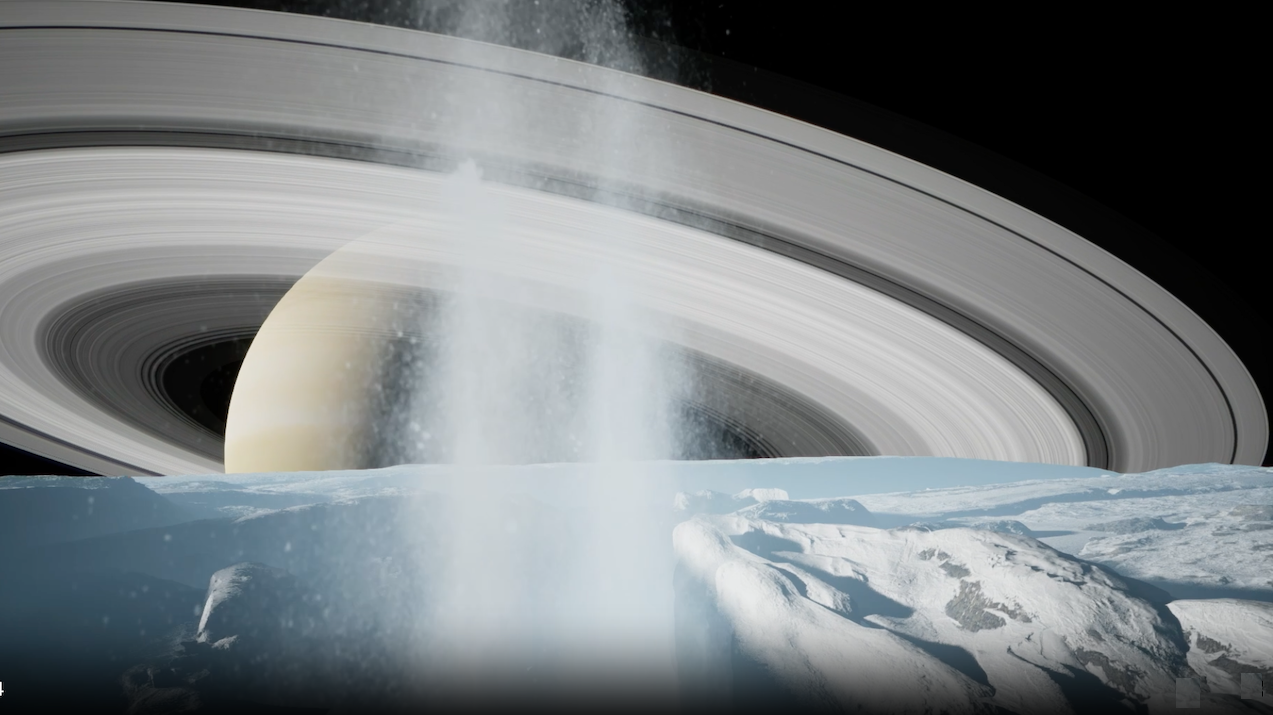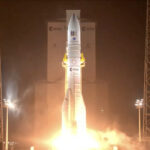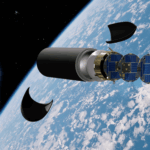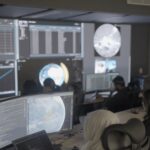Now Reading: Signatures Of Planets And Galactic Subpopulations In Solar Analogs. Precise Chemical Abundances With Neural Networks
-
01
Signatures Of Planets And Galactic Subpopulations In Solar Analogs. Precise Chemical Abundances With Neural Networks
Signatures Of Planets And Galactic Subpopulations In Solar Analogs. Precise Chemical Abundances With Neural Networks


Distribution of [Fe/H] versus age for the stars of our sample, distinguished by the possible subgroups. — astro-ph.SR
The aim of this work is to obtain precise atmospheric parameters and chemical abundances automatically for solar twins and analogs to find signatures of exoplanets, as well as to assess how peculiar the Sun is compared to these stars and to analyze any possible fine structures in the Galactic thin disk.
We developed a neural network (NN) algorithm using Python to obtain these parameters for a sample of 99 solar twins and solar analogs previously studied in the literature from normalized high-quality spectra from HARPS, with a resolving power of R ∼ 115000 and a signal-to-noise ratio S/N > 400.
We obtained precise atmospheric parameters and abundance ratios [X/Fe] of 20 chemical elements (Li, C, O, Na, Mg, Al, Si, S, Ca, Sc, Ti, V, Cr, Mn, Co, Ni, Cu, Zn, Y, and Ba). The results are in line with the literature, with average differences and standard deviations of (2±27) K for Teff, (0.00±0.06) dex for log g, (0.00±0.02) dex for [Fe/H], (−0.01±0.05) km s−1 for microturbulence velocity, (0.02±0.08) km s−1 for the macro turbulence velocity, and (−0.12±0.26) km s−1 for the projected rotational velocity (vsini).
Regarding the chemical abundances, most of the elements agree with the literature within 0.01 – 0.02 dex. The abundances were corrected from the effects of the Galactic chemical evolution and analyzed with the condensation temperature (Tcond) to verify whether the stars presented depletion of refractories compared to volatiles.
We found that the Sun is more depleted in refractory elements compared to volatiles than 89% of the studied solar analogs, with a significance of 9.5σ when compared to the stars without detected exoplanets. We also found the possible presence of three subpopulations in the solar analogs: one Cu-rich, one Cu-poor, and the last one slightly older and poor in Na.
Giulia Martos, Jorge Meléndez, Lorenzo Spina, Sara Lucatello
Comments: Accepted by A&A
Subjects: Solar and Stellar Astrophysics (astro-ph.SR); Earth and Planetary Astrophysics (astro-ph.EP); Astrophysics of Galaxies (astro-ph.GA)
Cite as: arXiv:2506.20345 [astro-ph.SR] (or arXiv:2506.20345v1 [astro-ph.SR] for this version)
https://doi.org/10.48550/arXiv.2506.20345
Focus to learn more
Submission history
From: Giulia Martos
[v1] Wed, 25 Jun 2025 11:55:14 UTC (943 KB)
https://arxiv.org/abs/2506.20345
Astrobiology, Astrochemistry,
Stay Informed With the Latest & Most Important News
Previous Post
Next Post
-
 012024 in Review: Highlights from NASA in Silicon Valley
012024 in Review: Highlights from NASA in Silicon Valley -
 02Panasonic Leica Summilux DG 15mm f/1.7 ASPH review
02Panasonic Leica Summilux DG 15mm f/1.7 ASPH review -
 03From Polymerization-Enabled Folding and Assembly to Chemical Evolution: Key Processes for Emergence of Functional Polymers in the Origin of Life
03From Polymerization-Enabled Folding and Assembly to Chemical Evolution: Key Processes for Emergence of Functional Polymers in the Origin of Life -
 04How New NASA, India Earth Satellite NISAR Will See Earth
04How New NASA, India Earth Satellite NISAR Will See Earth -
 05And Thus Begins A New Year For Life On Earth
05And Thus Begins A New Year For Life On Earth -
 06Astronomy Activation Ambassadors: A New Era
06Astronomy Activation Ambassadors: A New Era -
07SpaceX launch surge helps set new global launch record in 2024













